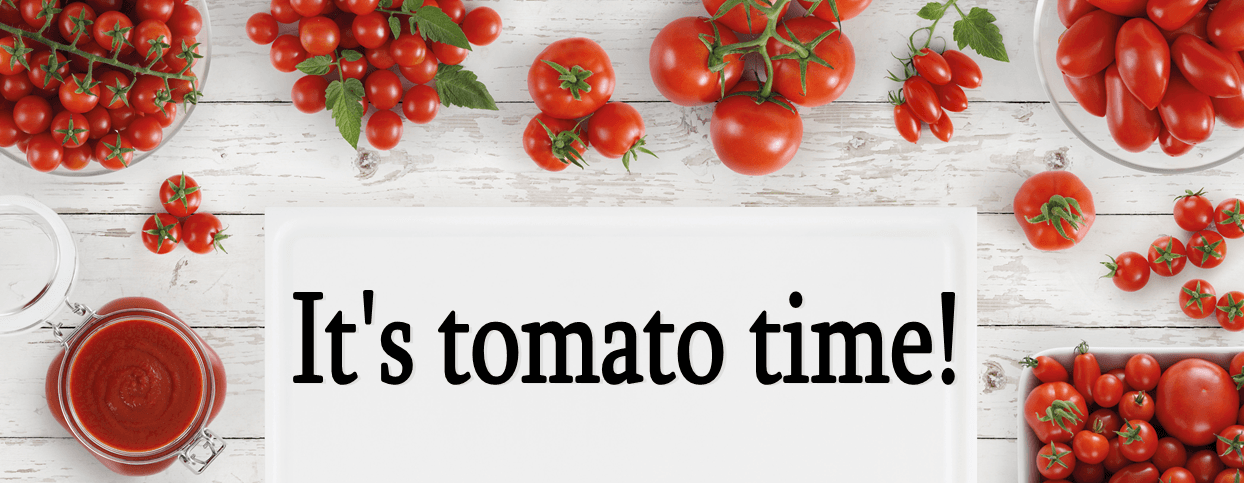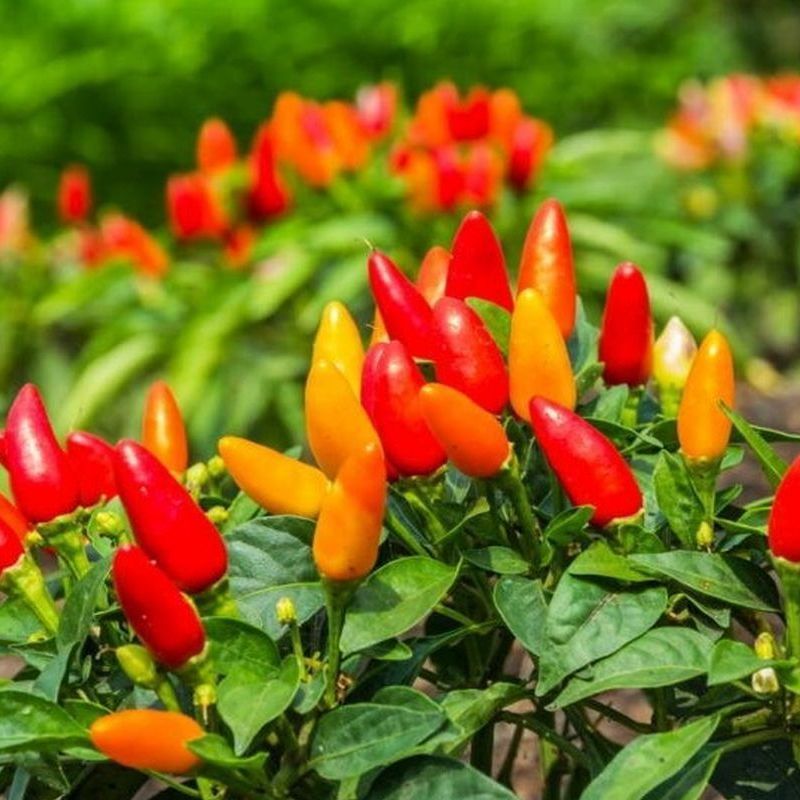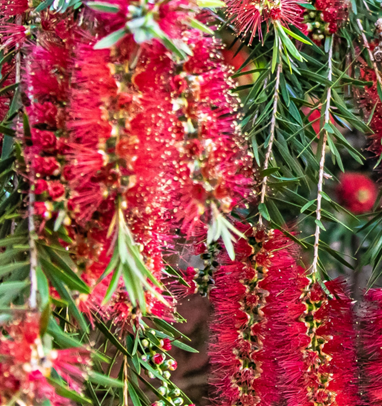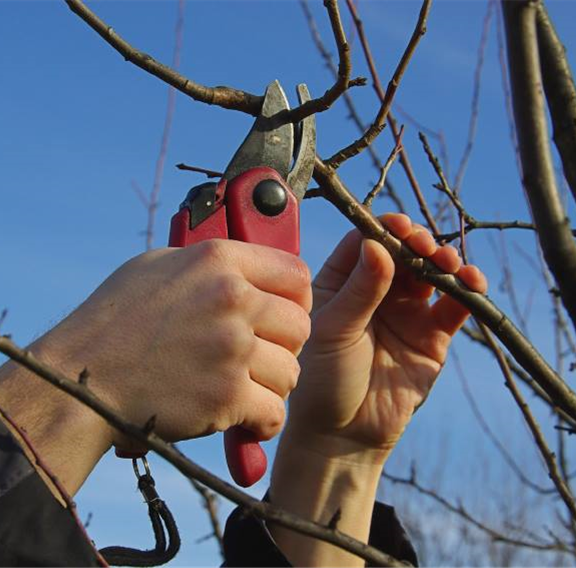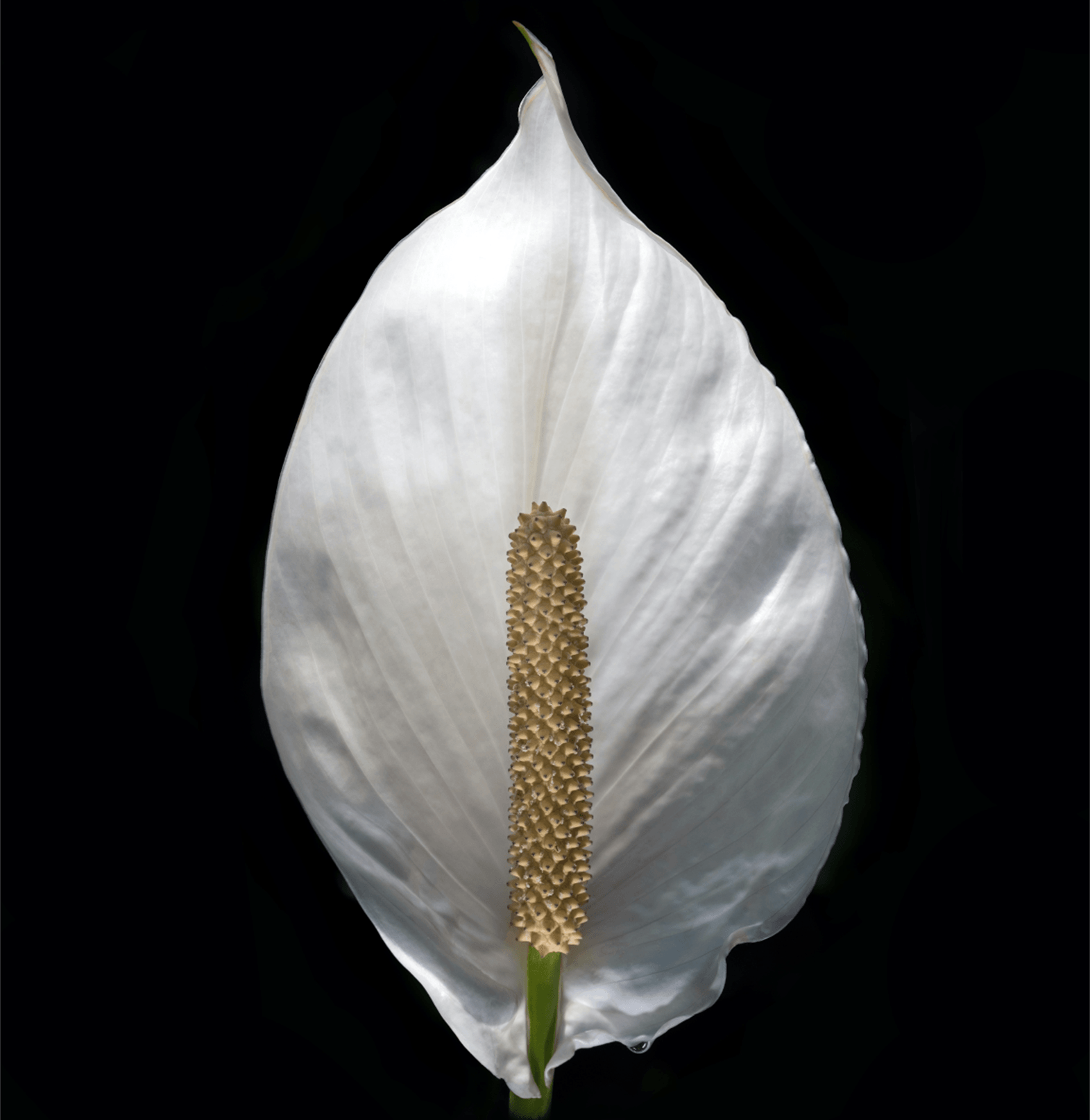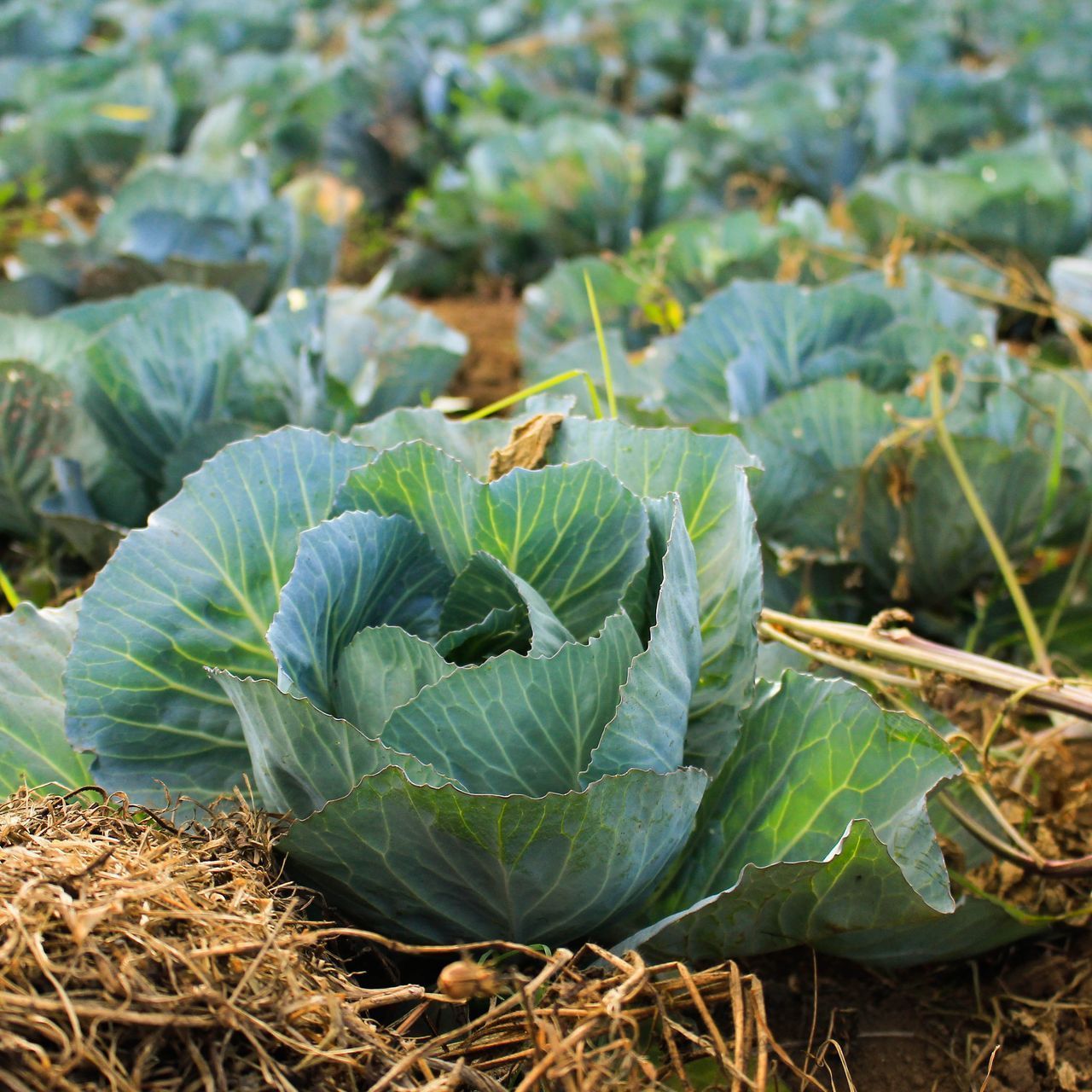
Choosing the Right Variety
Some of the most popular cabbage varieties grown include White (Cannonball), Savoy, Red cabbage and Chinese cabbage. White (Cannonball) cabbage is a compact variety that is easy to grow and produces large heads. Savoy cabbage has crinkled leaves and a mild flavour, making it a great choice for salads. Red cabbage is a colourful variety that adds a splash of colour to any dish. Chinese cabbage include Bok Choy and Pac Choy and are popular in Asian cooking.

Growing food at home is very popular and whatever form your garden may take, herbs are easy to grow and very rewarding. Fresh or dried, herbs add zest to cooking, perfume the house and have natural medicinal and cosmetic benefits. Craft making with herbs has wide appeal. Create Pot pourri, Tussie mussies and infused Vinegars from your own garden.
Putting it Together
So very versatile, the herb garden can be formal like a circular bed with an ornamental centre piece, or as informal as a rockery. Plant them throughout the garden, mixed in with vegetables, or the flower border and even between paving stones. The smallest living spaces can accommodate a few herbs in pots on a windowsill, the porch steps, and a window box or in a hanging basket.
Here’s a selection of edible herbs to get you started.
Planting in dry places
• Basil – Traditionally used in Italian cooking. Spicy and pungent, it is delicious with tomatoes, vegies, pasta & salads.
• Dill – delicate anise flavoured leaves that combine well with fish and vegetables. The seeds can be used in pickles and breads.
• Garlic – The pungent aroma enhances many styles of cuisine. Well known in French & Mediterranean cooking it also has remarkable medicinal properties.
• Marjoram – Traditionally used in mixed herbs. Good addition for savoury dishes, tomatoes, meats.
• Oregano – Similar to marjoram. Add to pasta, pizza, tomatoes, meats, dressings.
• Sage – Traditionally used for meat stuffings. Good for drying
• Tarragon (French) – Good accompaniment to chicken, fish, and vegetable dishes and herb vinegar.
• Thyme – Garden and Lemon thyme are invaluable additions to savoury dishes, meat dishes, soups, salads, vegetables and baking. There are many other ornamental varieties.
Planting in damp places
• Chives – Delicate onion flavour used in savoury dishes, salads and as a garnish for soup.
• Chervil – Delicate aniseed flavour good for enhancing fish and egg dishes.
• Coriander – Spicy and intense, invaluable for curry dishes.
• Fennel – Delicious flavour for fish or meats—raw or braised
• Mint – Used traditionally with potatoes, peas, lamb. Also refreshing in salads and as a garnish for fruits and summer drinks.
• Parsley - Its' refreshing flavour is widely used in savoury sauces, meat dishes, soups, salads, baking and garnishes
Site, Soil and Planting
Dry tolerant herbs require a sunny position with well-drained soil. Herbs requiring damp conditions will grow in sun or semi shade. Work a good organic fertiliser into the soil prior to planting. The addition of compost prior to planting will also be beneficial.
There are many other herbs for many purposes. Listed below are a few examples.
Teas
• Lemon Balm – To relieve headaches
• Borage – Lifts the spirits
• Roman Chamomile – Calming
Ornamental
• *Basil, purple – A striking colour contrast
• Catmint – Misty lavender flowers. Lovely under roses
• Curry Plant – Silver leaves, rich scent
• Hyssop – Ideal for low hedges
• Savoury – Fragrant evergreen, ideal for edgings
Lawns of delicious fragrance
• Corsican Jewel mint – Tiny, strongly scented leaves
• Pennyroyal mint – Crisp peppermint smell
• Thyme – Purple, White, Woolly, are just a few of the carpeting Thymes
* These herbs require replanting with new plants each year. Note. Borage will self seed very freely
When to plant Herbs
When putting an herb garden together it may be difficult to buy all the plants at one time as many are seasonal and only available at certain times.
Planting can be done whenever plants are available provided regular watering is carried out in summer.
After Care
• Trim after flowering to keep compact, bushy and to encourage new growth.
• Water as required in summer. Mulch in early spring and autumn.
• Feed with a quality high quality fertiliser in early spring.
Harvesting
Pick leaves and flowers in the morning after dew has evaporated. If you are growing culinary herbs choose a place near the kitchen for convenience. For most herbs, create pockets using stones for dry lovers and add more organic material to help retain moisture for damp loving herbs. Herbs can be grown in many styles of containers.
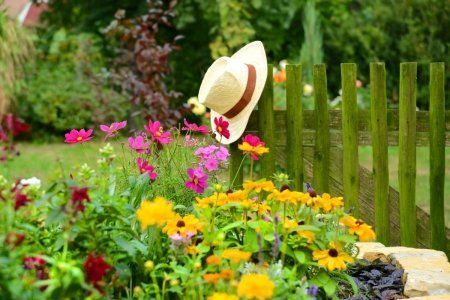
So often we hear that the garden is dull and colourless in the summer after all the pomp and splendour of the spring season, but this needn’t be the case.
Right now we have a fantastic range of summer perennials in stock that will perform and improve year on year in the summer and autumn garden, giving a real wow and an essential pop of colour at a time of year when it can be great to enjoy the garden at any time of day or alfresco in the evening.
Try out some Agastache or more commonly known as Hummingbird Mint, such as Agastache ‘Sweet Lili’ a magnificent Australian hybrid with apricot tinted rich amethyst flowers or Agastache ‘Blue Boa’ with densely packed spires of rich blue.
Cone flowers are an essential part of the perennial garden at this time of year and include the statuesque Rudbeckia laciniata with towering stems to 2m with bright golden petals around a central cone of black. We have a great range of Echinacea also referred to as cone flower such as the newly released Echinacea ‘Rich Red’ with flowers that open as a vibrant orange red and deepen with age until they are a rich glowing deep red, or you could try one of the bright pink cultivars such as Echinacea ‘Magnus Superior’ with huge blooms with broad petals or the quirky Echinacea ‘Double Decker’ that produces a second row of petals from the top of the cone.
Globe thistles such as Echinops ritro ‘Taplow Blue’ are much adored by bees and humans alike and they produce an abundant display of golf ball sized sapphire blue blooms that also make a fabulous cut flower for the home.
For those who may live by the seaside or further inland we have the super hardy Sea Holly Eryngium bourgatii ‘Oxford Blue’ with its architecturally gorgeous blooms of steely blue.
We also have the far less commonly seen Pink Statice, Limonium peregrinum which will endure hot dry conditions and harsh winter frosts to boot and still flower with papery pink blooms which can be picked and dried and will maintain their colour for years after picking.
An essential of the modern New Age Perennial Movement that is sweeping the world are the perennial grasses and we have some great stock now, such as Panicum ‘Iron Maiden’ a new release Aussie Bred form with densely clumping glaucous blue grey foliage with deep purple highlights topped with fawn inflorescences which look wonderful when back lit by the afternoon sunlight.
Japanese Sword Grass is another must have, try Miscanthus sinensis ‘Kleine Fontane’ (little fountain) with green foliage with a strong central silver spine and superbly fluffy flower plumes of silver grey or Miscanthus sinensis ‘Gold Bar’ who’s rich green foliage is regularly crossed with band of gold on an upright tight clumping form.
What summer garden would be complete without Queen of the Meadow or Filapendula palmata nana with its fairy floss pink flower heads on thin elegant stems or the delightful spires of Veronicastrum or Culver’s Root. These form lovely clumps topped with long elegant flower spikes. Try Veronicastrum virginicum ‘Lavendelturm’ with soft mauve flowers, or the Icy Blue of Veronicastrum sibiricum.
Now is a great time to see and plant these and many other beauties from our nursery to your garden, and add a little extra sizzle to the summer garden.
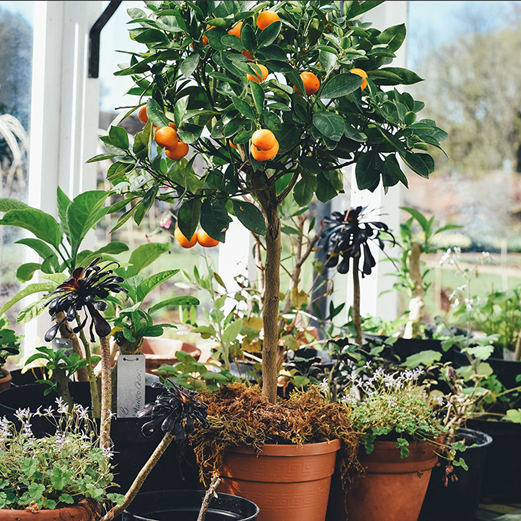
With house blocks becoming smaller and homes becoming larger, the garden for many people looks much different to the gardens of the past. The garden may be a small backyard, a courtyard or an apartment balcony. Small areas do not mean that you need to miss out on the pleasures of growing your own food. There have been fantastic ranges small growing fruiting trees developed that are perfect for pots and small garden spaces.
There are now a number of varieties of dwarf citrus trees that are extremely popular and ideally suited for pots and containers on balconies or courtyards. Lovely sweetly-scented blossoms with lots of full-size fruit produced over a long fruiting season.
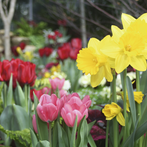
Flowering bulbs are a highlight in the garden and home. Spring flowering bulbs begin to flower in late winter and bring with them the colourful promise of the spring ahead.
Although all are referred to as ‘bulbs’, there are four different types of bulbs.
True Bulbs include tulips and daffodils.
Rhizomes are swollen stems such as Iris.
Tubers include plants such as dahlias and potatoes.
Corms include cyclamen and gladioli.
Spring flowering bulbs are planted from February to May. Some begin to flower as the days begin to lengthen in late winter and others create spectacular spring displays and will flower throughout the spring months. Spring flowering bulbs include Anemones, Daffodils, Dutch Iris, Freesias, Grape Hyacinth, Hyacinth, Jonquils, Ranunculi, Scillas, Spring Stars and Tulips.
Before planting tulips and hyacinths, put them in a paper bag and then into the crisper part of the fridge for about six to seven weeks. Mark them clearly so they are not mistakenly used for other purposes. This tricks the bulb by telling it that winter is over and they will flower earlier and more prolifically.

